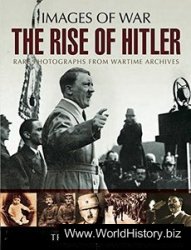The most visible sign of changing public attitudes toward the war came
in the form of labor unrest. Labor leaders in all three countries, as well as
most leaders of Socialist and labor parties, supported the war in 1914. But
as the war dragged on in bloody fashion, conflict behind the screen of unity
became more evident.
Although labor unrest rose and then subsided in Britain and France in
1917, tensions escalated steadily and most significantly in Germany. By the
spring of 1917, some members of Germany's Socialist party (SPD), led by
Hugo Haase, broke away to advocate an end to the war without "annexations
or indemnities." More radical Socialists, following future Communist
leader Karl Liebknecht, had been arrested the year before for agitating
openly against the war. As Germany moved into 1918, labor unrest began
in a fashion that stretched down to the Armistice. Strikes in the first months
of the year threatened arms production in Berlin and affected 250,000
workers there, as well as other workers in Hamburg and Leipzig. Miners
struck in Silesia in July, and in the fall months the entire nation was engulfed
in worker unrest compounded by military mutinies. The collapse of order
on the German home front, including military mutinies, combined with the
deteriorating position of the German army on the western front to force the
government to end hostilities.




 World History
World History









